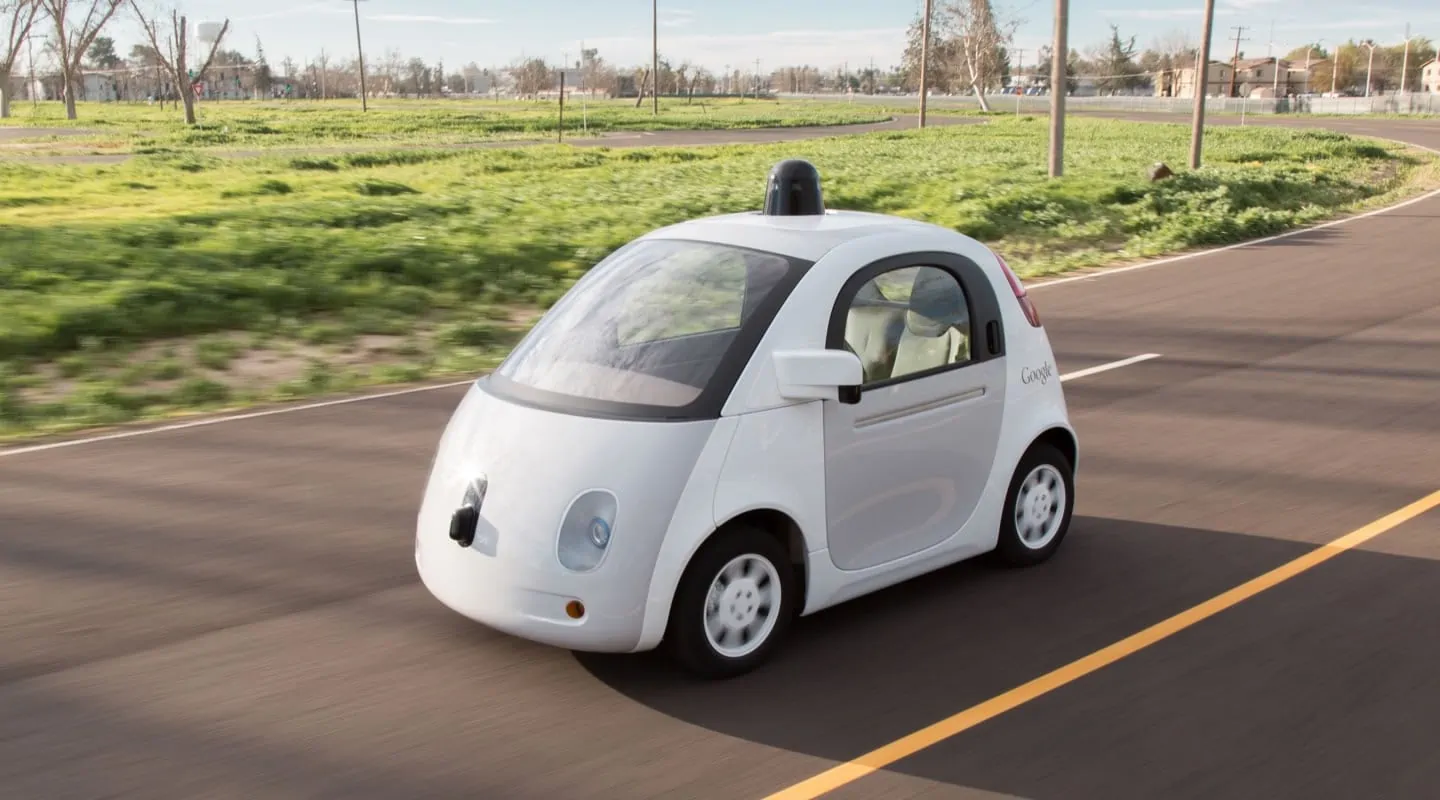One popular item to count has been the Internet of Things devices or “things.” This metric has proved elusive, and, as I speak up many times before, largely digressive because the mere number of Iot devices deployed worldwide does not indicate the business value they supply. In other words, more devices don’t mean lesser business value.
Antonymous, connected and automated cars (CAVs) are the best example of more-is-best. More connected, safer, and, yet, independent cars will develop the skillfulness of the urban transportation system and cut down private car ownership, thereby vent hole crashes, easing traffic congestion and reducing the carbon footprint. We buy any car
Today, industry expert is again at work counting objects. They are busy predicting how many self-governing cars will be on the road in the next decade and use the anticipated growth in sales of autonomous cars as the inscrutable forerunner of a future of friction-less transportation system and maximally congested and smoother traffic.
First, the Good News
Safer cars, from quickly evolving ADAS equipt automobiles to fully independent cars, will reduce fatalities, injuries and property damage. And since 30 to 50 percent of all peak-period delays are reasoned by crashes, CAVs will also contribute importantly to reduce traffic delays. Sell any car Dubai
CAVs will allow more traffic to flowing through the existent road infrastructure by maintaining much shortened (but secure) following distances ‘tween conveyance than human-driven cars.
Other benefits realized by connected cars are the more efficient use of intersection and circuitous, cooperative lane changes and other flow-developing tactics. And self-parking cars will offer not only convenience but will also gain the utilization of parking facilities.
But There’s a Catch
Intuitive thinking proposes that significant benefits are not achievable unless most cars are equipped with top levels of connectivity and automation, and CAVs represent a big enough portion of the overall traffic. Indeed, simulation results show that CAVs will develop traffic flow significantly only with a sufficiently top penetration rate.
A study shows that during the peak delay period, low penetration of CAVs (less than 25 percent) will not result in a discernible development in traffic conditions. But when the penetration rate reaches 50 percent, the average delay time will develop by 7 percent, and to 17 percent development at 75 percent penetration. When the entire fleet is fully automated, the simulation predicts 40 percents decrease in traffic delays. Sell any car Dubai
The Future Is Far Away
Based on these simulation studies and numerous others, it is clear the question is not how many CAVs are going to be sold by 2025, but, rather, when will there be a captious mass of Level 3, 4 and 5 vehicles that will generate the desired impact on urban traffic.
So, how many autonomous cars will be on the road in 2025 and what will be their share of the entire fleet?
Forecasts of the number of autonomous vehicles in 2025 vary widely, reminiscent of the excitement over counting the Internet of Thing devices. By one estimate, by 2020, there will be 10 million self-driving cars and more than 250 million smart cars on public roads. We buy any car
The number of light-duty conveyance in operation in the U.S. in 2025 is expected to be closely 300 million. Furthermore, the common age of the fleet is closely 12 years old and it is getting event older as the rate of new car sales looks to be on a long-term decline.



